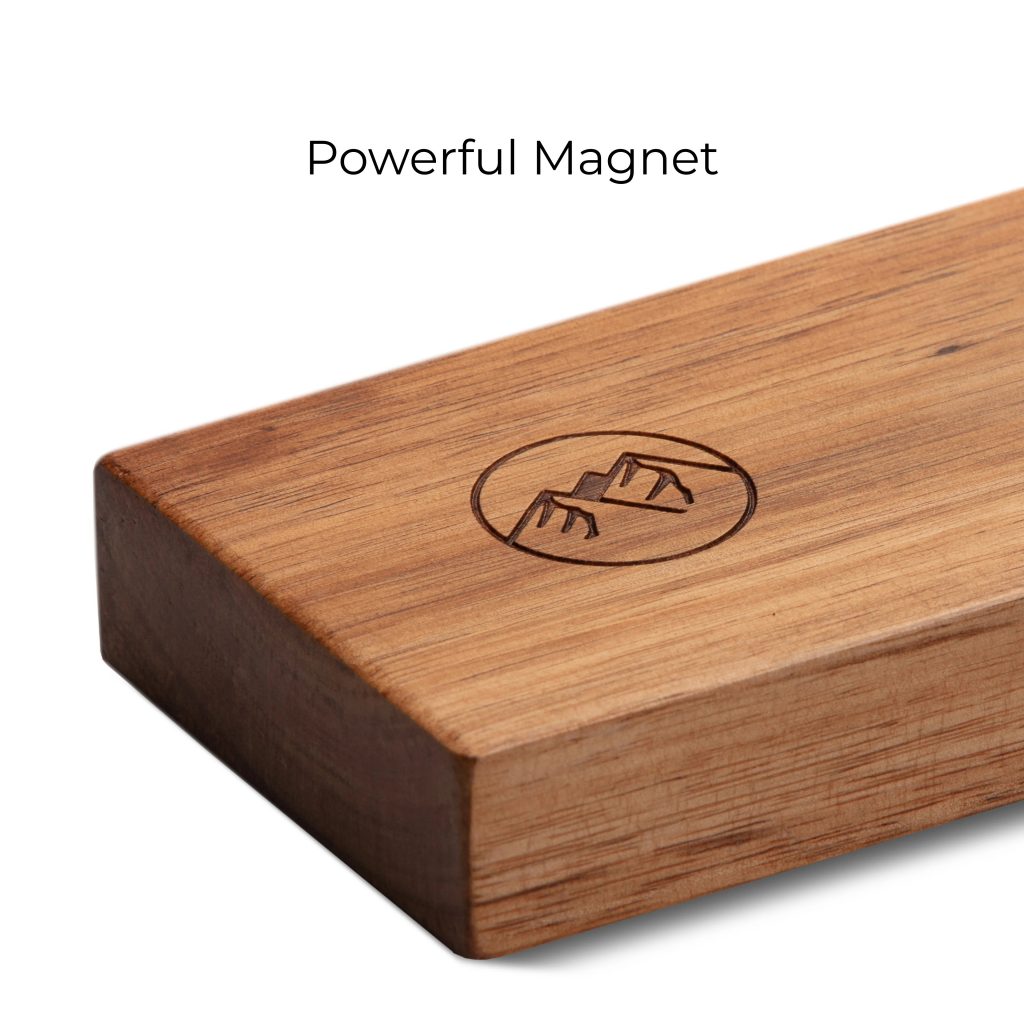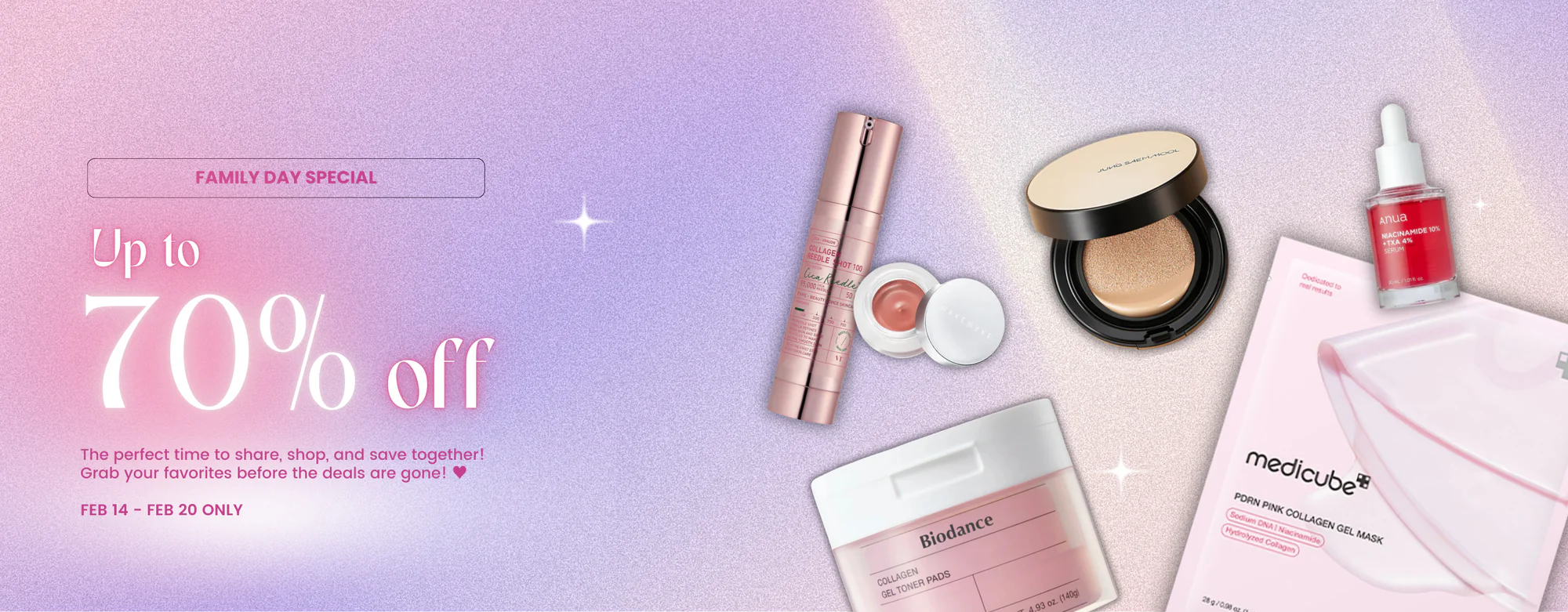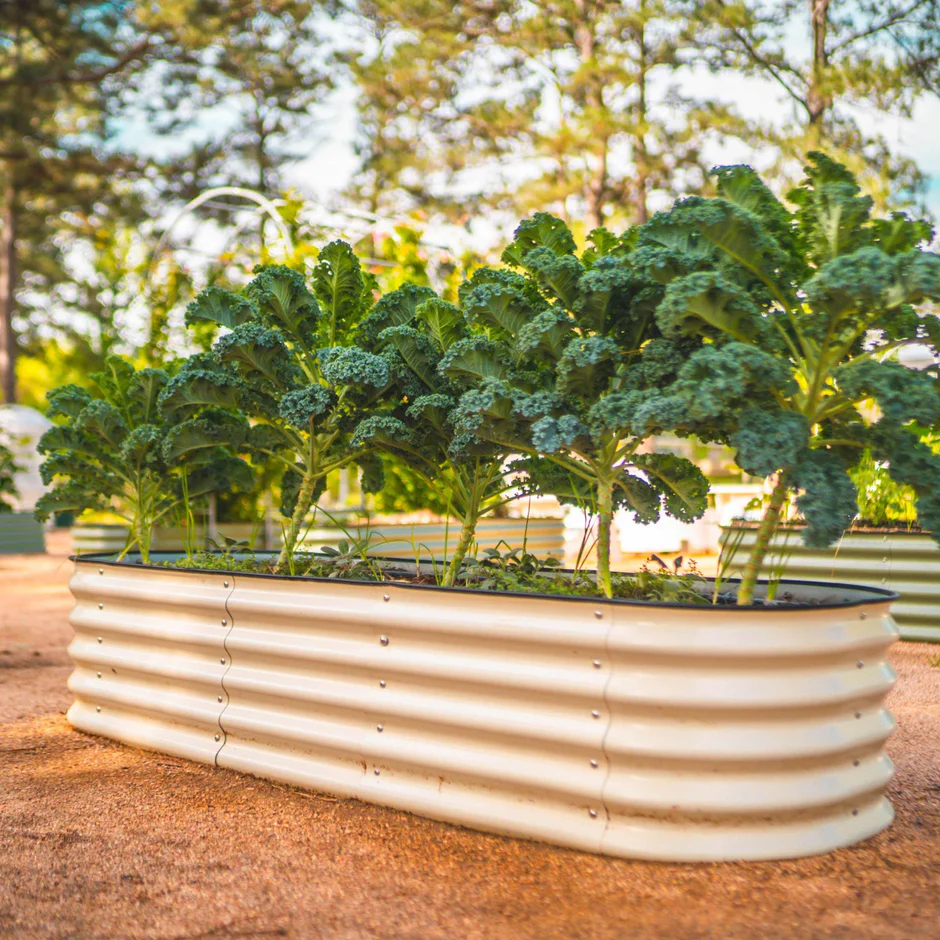
Is Bare Cookware a Good Investment? A 2025 Value Analysis
Take a moment and think about your kitchen “graveyard.” That cupboard under the sink or in the back of the pantry. It’s likely home to at least one warped pan, a non-stick skillet with a worrisome scratch, and a knife that couldn’t cut a ripe tomato.
We’ve all been there. We buy a “bargain” $30 pan, it works like a dream for six months, and then, inevitably, the decline begins. Food starts to stick. The handle wobbles. The bottom warps, causing oil to pool on one side. So, what do we do? We sigh, throw it out, and buy another one.
This is the disposable kitchen cycle. It’s a trap that costs us time, fills us with frustration, and, most surprisingly, costs us more money than buying quality tools from the start.
The alternative? A “buy it for life” philosophy. This isn’t about luxury; it’s about smart, long-term financial planning. It’s about buying one set of kitchen tools that performs flawlessly, day after day, for decades. This is the entire mission behind Bare Cookware.
This article isn’t just a review. It’s a cost-benefit analysis. We’re going to break down the hard numbers and prove why investing in a set of Bare Cookware isn’t an expense—it’s one of the wisest financial decisions you can make for your home.
The Vicious Cycle: Calculating the True Cost of Cheap Cookware
We’re often tricked by the low upfront price tag. That $40 non-stick pan feels like a win. But let’s call it what it is: a subscription. You’re subscribing to that pan’s replacement, likely every 1-2 years.
Let’s do some simple math.
The “Throwaway” Kitchen Tax: A 10-Year Cost Analysis
Imagine you’re building a basic kitchen toolkit: one 10-inch skillet, one 3-quart saucepan, and one decent 8-inch chef’s knife.
The “Bargain” Route:
- 10-Inch Non-Stick Skillet: $40. Average lifespan with regular use: 2 years.
- 10-Year Cost: $40 x 5 replacements = $200
- 3-Quart “Budget” Saucepan: $35. The handle loosens, or the thin bottom scorches milk. Replaced every 3-4 years.
- 10-Year Cost: $35 x 3 replacements = $105
- 8-Inch “Bargain” Chef’s Knife: $30. Stamped steel, loses its edge in weeks, becomes a safety hazard. Replaced every 3 years.
- 10-Year Cost: $30 x 3 replacements (plus a cheap sharpener) = $110
Total 10-Year Cost for just three items: $415
And what do you have to show for it after 10 years? Nothing. You’re on your 5th pan and 3rd knife, ready to buy them all over again. This $415 is what we call the “throwaway tax.” It’s the penalty for prioritizing a low initial price over long-term value.
Beyond the Price Tag: The Hidden Costs of Poor Performance
The financial drain is only part of the story. The real cost of cheap cookware is paid every time you cook.
- Wasted Food: A warped pan with hot spots burns your chicken in one area while leaving it raw in another. A pan that’s lost its non-stick properties tears your delicate fish fillets or scrambles your eggs into a cemented mess. That’s food—and money—straight into the trash.
- Wasted Time: How many extra minutes do you spend scrubbing a scorched, low-quality pan? How much longer does it take to prep vegetables with a dull knife that smashes, rather than slices, your onions?
- Health Concerns: When a traditional non-stick coating scratches, it can release chemicals (like PFOA/PFAS) into your food. This concern alone leads many to throw away pans that are “mostly” fine, accelerating the replacement cycle.
- Frustration: Cooking should be a creative, joyful act. But when your tools fight you every step of the way, it becomes a chore. That’s a quality-of-life cost that’s hard to quantify but easy to feel.
What Makes Bare Cookware a Good Investment?
Now, let’s look at the other side of the equation. When you buy Bare Cookware, you are making a one-time purchase. The price tag is higher, yes, but you are buying a permanent asset, not a temporary subscription.
So, is Bare Cookware a good investment? Let’s analyze the assets.
Uncompromising Materials: The Foundation of Bare Cookware Durability
This is where the magic happens. The difference between a 2-year pan and a 20-year pan is all in the materials and construction.
- High-Quality Kitchen Knives: Bare Cookware knives are crafted for permanence. This means full-tang construction, where a single, solid piece of high-carbon steel runs from the tip of the blade to the end of the handle. This provides incredible strength, balance, and durability. The steel is chosen for its ability to take a razor-sharp edge and hold it, meaning less sharpening and better performance.
- Durable, Long-Lasting Pans: Forget the sprayed-on coatings. We’re talking about pans forged from materials like multi-ply stainless steel or enameled cast iron. These materials are “clad,” meaning they have a core of a conductive metal (like aluminum) sandwiched between durable, non-reactive layers (like stainless steel).
This construction is the key to durable cookware. It won’t warp, scratch, or pit under high heat. It’s designed to be a workhorse for decades.
Performance Cookware Designed for a Lifetime
The quality of the materials directly translates to the quality of your cooking.
- Superior Heat Control: A clad stainless steel pan from Bare Cookware heats evenly and retains that heat. This gives you the power to get a perfect, edge-to-edge crust on a steak, a golden-brown sear on scallops, or a gentle, even simmer on a sauce—no hot spots.
- A Joy to Use: A well-balanced, full-tang knife feels like an extension of your hand. It makes prep work faster, safer, and more precise.
- Versatility: These tools aren’t delicate. They can typically go from the stovetop, to the oven, to the broiler, and (for many) even onto the grill. They are tools, not toys.
The Bare Cookware Lifetime Value Proposition
Let’s revisit our 10-year analysis.
- Bare Cookware 10-Inch Skillet: $120 (example price). Lifespan: 20+ years.
- 10-Year Cost: $120
- Bare Cookware 8-Inch Chef’s Knife: $100 (example price). Lifespan: 30+ years.
- 10-Year Cost: $100
Total 10-Year Cost: $220
Compared to the “bargain” route’s $415, you have already saved $195.
But here’s the most important part: After 10 years, what do you have? You have a pan and a knife that are just getting started. They are still in their prime. The cheap-route buyer is back at the store. You are simply cooking dinner.
This is the essence of the Bare Cookware lifetime value. The initial investment isn’t just “worth it”; it actively pays you back over time. And if you’re ready to make that investment, don’t forget to check our Bare Cookware deals page for the latest offers.
A Side-by-Side Comparison: Bare Cookware vs. The “Bargain” Bin
Let’s put them head-to-head.
The Pan Showdown: Long-Lasting Pans vs. Disposable Non-Stick
| Feature | “Bargain” Non-Stick Pan | Bare Cookware (Clad Stainless Steel) |
| Lifespan | 1-2 years | 20+ years |
| Heat Control | Poor. Thin aluminum base warps and creates hot spots. | Excellent. Multi-ply core heats evenly and retains temperature. |
| Durability | Low. Coating scratches with metal utensils or harsh scrubbing. | High. Can handle metal utensils, and aggressive scrubbing. |
| Searing | Poor. Non-stick surface prevents a deep, flavorful crust. | Exceptional. Perfect for searing meat, fish, and vegetables. |
| Oven Safe? | Usually limited to 350°F (175°C), if at all. | Yes, typically to 500°F (260°C) or higher. |
| 10-Year Cost | $200+ | $120 (One-time) |
The Verdict: The bargain pan is a one-trick pony that dies young. The Bare Cookware pan is a versatile, buy-it-for-life kitchen tool that will reward you for decades.
The Knife Test: High-Quality Kitchen Knives vs. Stamped Steel
| Feature | “Bargain” Knife Block Knife | Bare Cookware (Forged Chef’s Knife) |
| Construction | Stamped from a thin sheet of low-quality steel. Partial tang. | Forged from a single rod of high-carbon steel. Full tang. |
| Balance & Weight | Flimsy and light. Poor balance, feels awkward. | Perfectly balanced. Feels solid and secure in the hand. |
| Edge Retention | Extremely poor. Dulls after just a few uses. | Excellent. Holds a sharp edge for months of regular use. |
| Sharpening | Difficult. The cheap steel doesn’t respond well. | Easy. The quality steel takes a new edge beautifully. |
| Safety | Low. A dull knife is a dangerous knife; it slips. | High. A sharp, balanced knife is predictable and safe. |
| 10-Year Cost | $110+ | $100 (One-time) |
The Verdict: The cheap knife is a safety hazard that makes cooking a chore. The high-quality kitchen knife from Bare Cookware is a partner in the kitchen—a precision instrument that makes prep-work a pleasure.
More Than Money: The Non-Financial Returns of Premium Kitchen Tools
Investing in Bare Cookware pays dividends far beyond your bank account. It’s an investment in your skill, your passion, and your well-being.
Rediscovering the Joy of Cooking
There is a moment of pure magic when you use a truly great tool. It’s the “whoosh” of a perfectly sharp knife gliding through an onion. It’s the sizzle and release of a scallop from a hot stainless steel pan, revealing a golden-brown crust.
When your tools work with you, not against you, cooking is transformed. It stops being a chore to get food on the table and becomes a creative, relaxing, and deeply satisfying process. You become a better cook because your tools allow you to. You’ll want to cook more, which often leads to healthier eating and more money saved by avoiding takeout.
A Sustainable Choice for a Greener Kitchen
The “buy it for life” movement is one of the most powerful ways an individual can practice sustainability.
Every time you throw away a warped, scratched pan, you are contributing to a landfill. By choosing buy it for life kitchen tools, you are opting out of that cycle. You are casting a vote for a world with less waste.
A single Bare Cookware pan can replace dozens of disposable pans over its lifetime. It’s a purchase you can feel good about, knowing it was crafted to last and to respect the resources it came from.
How to Make Your Bare Cookware Investment Pay Off
Your investment is secure, but like any premium asset, a little care goes a long way to maximizing its performance.
- Learn Your Tools: A stainless steel pan cooks differently than a non-stick one. It requires pre-heating. Learning the simple technique of heating the pan before adding the oil is the key to a naturally non-stick surface.
- Care for Your Knives: This is simple. Never, ever put a good knife in the dishwasher. The high heat and harsh detergents will destroy the handle and dull the blade. Wash by hand and dry immediately.
- Hone Regularly, Sharpen Rarely: A honing rod doesn’t sharpen; it realigns the blade’s edge. A 10-second honing session once a week will keep your knife razor-sharp for months. You’ll only need to actually sharpen it (remove metal) once or twice a year.
The Final Verdict: Stop Replacing, Start Investing
The math is clear. The performance is undeniable. The “bargain” cookware in your kitchen is a financial liability, not a-saving. It costs you more money, more time, and more frustration in the long run.
The choice is to either pay $415+ over the next 10 years for a collection of frustrating, disposable items, or make a one-time investment of $220 in a set of premium kitchen tools that will serve you, your children, and maybe even your grandchildren.
Bare Cookware is more than just durable cookware; it’s a permanent solution. It’s the end of the replacement cycle. It’s the last kitchen set you’ll ever need.
Ready to stop throwing your money away and make a real investment in your kitchen?
Start by exploring the full Bare Cookware collection on their official site. Once you’ve found the pieces that will build your forever kitchen, be sure to come back and check our official Bare Cookware coupon page for the best possible value on your investment.

